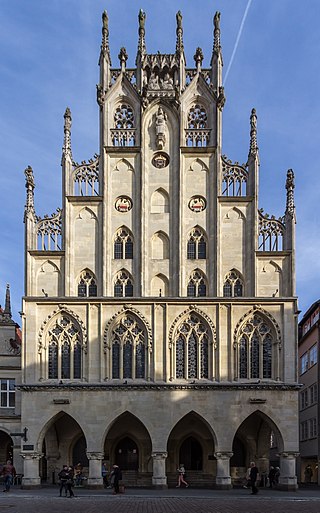
The Peace of Westphalia is the collective name for two peace treaties signed in October 1648 in the Westphalian cities of Osnabrück and Münster. They ended the Thirty Years' War (1618–1648) and brought peace to the Holy Roman Empire, closing a calamitous period of European history that killed approximately eight million people. Holy Roman Emperor Ferdinand III, the kingdoms of France and Sweden, and their respective allies among the princes of the Holy Roman Empire, participated in the treaties.

1665 (MDCLXV) was a common year starting on Thursday of the Gregorian calendar and a common year starting on Sunday of the Julian calendar, the 1665th year of the Common Era (CE) and Anno Domini (AD) designations, the 665th year of the 2nd millennium, the 65th year of the 17th century, and the 6th year of the 1660s decade. As of the start of 1665, the Gregorian calendar was 10 days ahead of the Julian calendar, which remained in localized use until 1923.
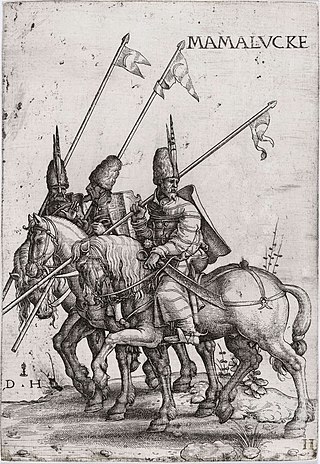
Year 1516 (MDXVI) was a leap year starting on Tuesday of the Julian calendar, there is also a leap year starting on Saturday of the Gregorian calendar.
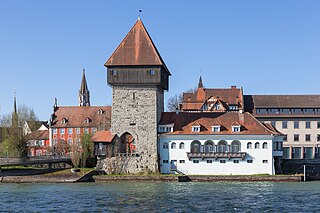
Konstanz, traditionally known as Constance in English, is a university city with approximately 83,000 inhabitants located at the western end of Lake Constance in the south of Germany. The city houses the University of Konstanz and was the residence of the Roman Catholic Diocese of Konstanz for more than 1,200 years.
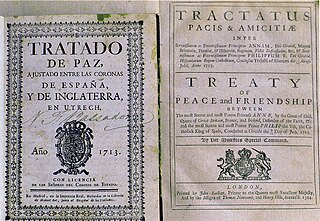
The Peace of Utrecht was a series of peace treaties signed by the belligerents in the War of the Spanish Succession, in the Dutch city of Utrecht between April 1713 and February 1715. The war involved three contenders for the vacant throne of Spain, and involved much of Europe for over a decade. Essentially, the treaties allowed Philip V to keep the Spanish throne in return for permanently renouncing his claim to the French throne, along with other necessary guarantees that would ensure that France and Spain should not merge, thus preserving the balance of power in Europe.

Appenzell was a canton in the northeast of Switzerland, and entirely surrounded by the canton of St. Gallen, in existence from 1403 to 1597.

Claude Louis Hector de Villars, Prince of Martigues, Marquis then (1st) Duke of Villars, Viscount of Melun was a French military commander and an illustrious general of Louis XIV of France. He was one of only six Marshals to have been promoted Marshal General of France.

The Paris Declaration respecting Maritime Law of 16 April 1856 was an international multilateral treaty agreed to by the warring parties in the Crimean War gathered at the Congress at Paris after the peace treaty of Paris had been signed in March 1856. As an important juridical novelty in international law the treaty for the first time created the possibility for nations that were not involved in the establishment of the agreement and did not sign, to become a party by acceding the declaration afterwards. So did altogether 55 nations, which otherwise would have been impossible in such a short period. This represented a large step in the globalisation of international law.

The Second Congress of Rastatt, which began its deliberations in November 1797, was intended to negotiate a general peace between the French Republic and the Holy Roman Empire, and to draw up a compensation plan to compensate those princes whose lands on the left bank of the Rhine had been seized by France in the War of the First Coalition. Facing the French delegation was a 10-member Imperial delegation made up of delegates from the electorates of Mainz, Saxony, Bavaria, Hanover, as well as the secular territories of Austria, Baden, Hesse-Darmstadt, the Prince-Bishopric of Würzburg, and the imperial cities of Augsburg and Frankfurt. The congress was interrupted when Austria and Russia resumed war against France in March 1799 at the start of the War of the Second Coalition, thus rendering the proceedings moot. Furthermore, as the French delegates attempted to return home, they were attacked by Austrian cavalrymen or possibly French royalists masquerading as such. Two diplomats were killed and a third seriously injured. The congress was held at Rastatt near Karlsruhe.

Rastatt is a town with a Baroque core, District of Rastatt, Baden-Württemberg, Germany. It is located in the Upper Rhine Plain on the Murg river, 6 km (3.7 mi) above its junction with the Rhine and has a population of around 51,000 (2022). Rastatt was an important place of the War of the Spanish Succession and the Revolutions of 1848 in the German states.

The Old Swiss Confederacy began as a late medieval alliance between the communities of the valleys in the Central Alps, at the time part of the Holy Roman Empire, to facilitate the management of common interests such as free trade and to ensure the peace along the important trade routes through the mountains. The Hohenstaufen emperors had granted these valleys reichsfrei status in the early 13th century. As reichsfrei regions, the cantons of Uri, Schwyz, and Unterwalden were under the direct authority of the emperor without any intermediate liege lords and thus were largely autonomous.
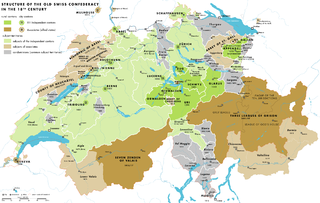
The early modern history of the Old Swiss Confederacy and its constituent Thirteen Cantons encompasses the time of the Thirty Years' War (1618–1648) until the French invasion of 1798.

The Spanish Netherlands was the Habsburg Netherlands ruled by the Spanish branch of the Habsburgs from 1556 to 1714. They were a collection of States of the Holy Roman Empire in the Low Countries held in personal union by the Spanish Crown. This region comprised most of the modern states of Belgium and Luxembourg, as well as parts of northern France, the southern Netherlands, and western Germany, with the capital being Brussels. The Army of Flanders was given the task of defending the territory.
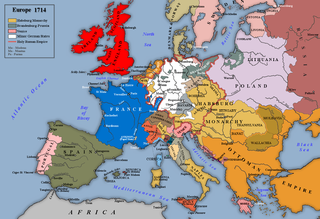
The Treaty of Rastatt was a peace treaty between France and Austria that was concluded on 7 March 1714 in the Baden city of Rastatt to end the War of the Spanish Succession between both countries. The treaty followed the Treaty of Utrecht of 11 April 1713, which had ended hostilities between France and Spain, on the one hand, and Great Britain and the Dutch Republic, on the other. A third treaty at Baden, Switzerland, was required to end the hostilities between France and the Holy Roman Empire.
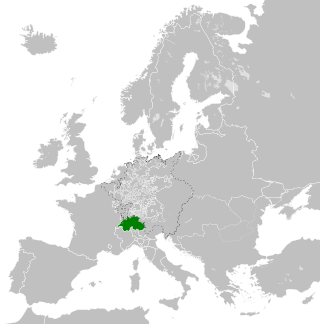
The Old Swiss Confederacy, also known as Switzerland or the Swiss Confederacy, was a loose confederation of independent small states, initially within the Holy Roman Empire. It is the precursor of the modern state of Switzerland.

In the Stanser Verkommnis of 1481 the Tagsatzung solved the latent conflict between the rural and urban cantons of the Old Swiss Confederacy, averting the breaking of the Confederacy, and triggering its further expansion from 8 to 13 members until 1513.

Foreign relations exist between Austria and France. Both countries have had diplomatic relations with each other since the Middle Ages. Both countries are full members of the Council of Europe and the European Union.

The Appenzell Wars were a series of conflicts that lasted from 1401 until 1429 in the Appenzell region of modern-day Switzerland. The wars consisted of uprisings of cooperative groups, such as the farmers of Appenzell or the craftsmen of the city of St. Gallen, against the traditional medieval power structure represented by the House of Habsburg and the Prince-Abbot of the Abbey of St. Gall.
The Examiner was a newspaper commenced on 3 August 1710 and edited by Jonathan Swift from 2 November 1710 to 1714. It promoted a Tory perspective on British politics, at a time when Queen Anne had replaced Whig ministers with Tories.
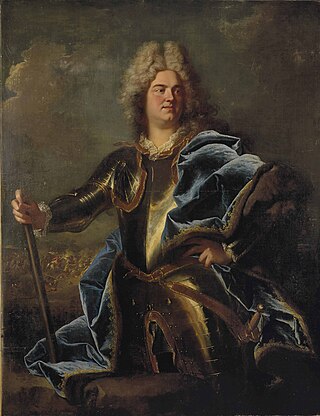
The Rhine campaign of 1713 was a successful French military campaign against the Holy Roman Empire, the sole remaining member of the once-formidable Grand Alliance which had refused to make peace with France. The campaign, which did not result in any pitched battles, ended with French forces besieging and capturing the fortified cities of Landau and Freiburg im Breisgau, which exposed the Palatinate, Württemberg and Swabia to French occupation and compelled the Emperor to sue for peace.



















